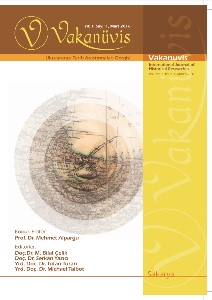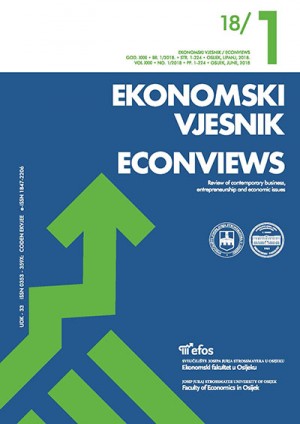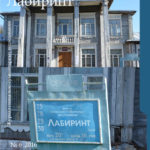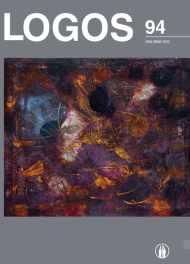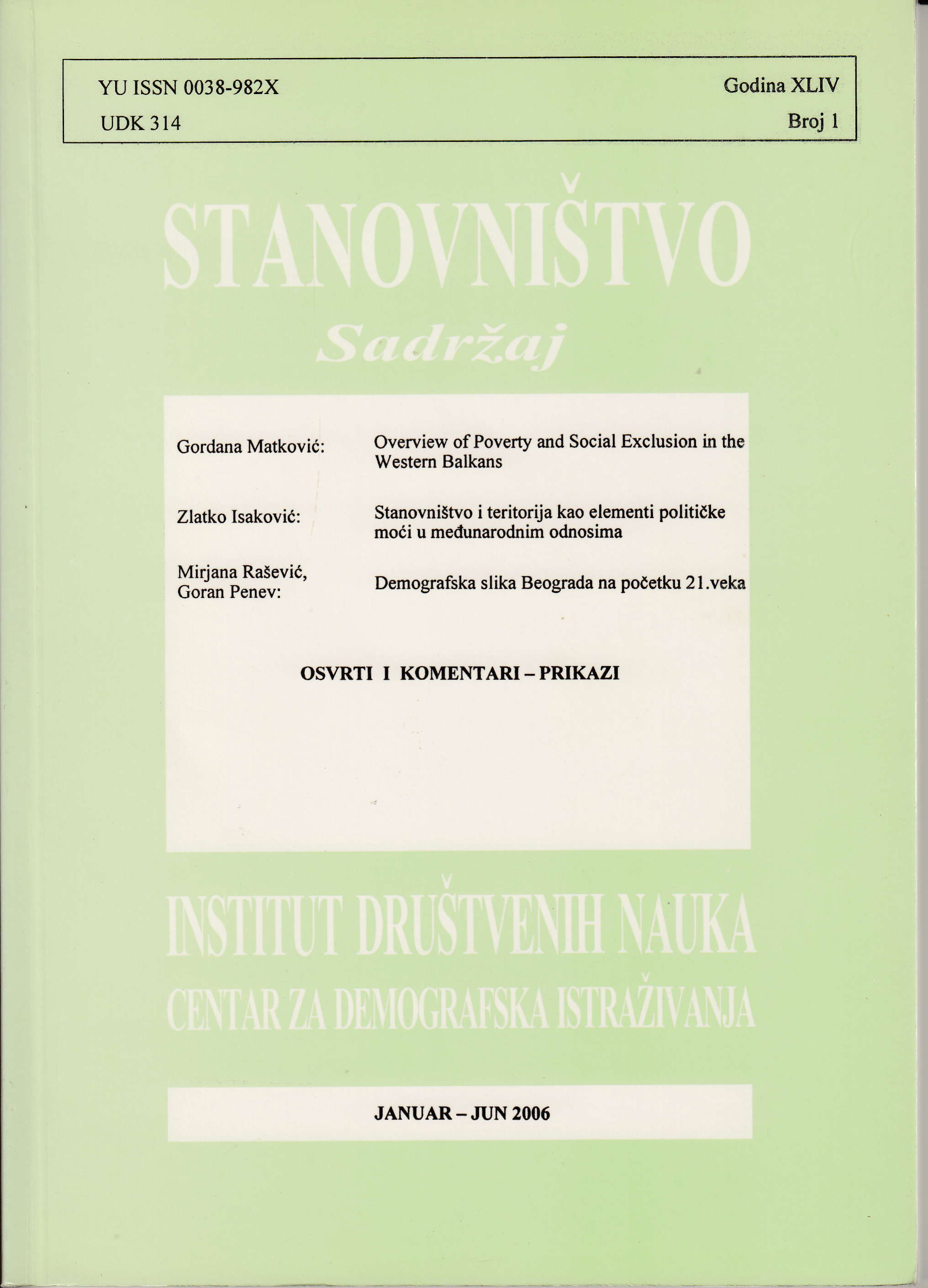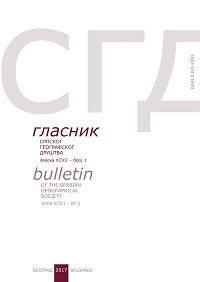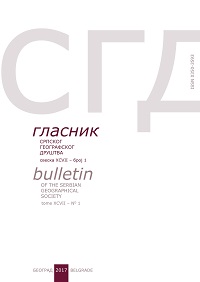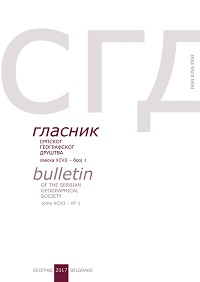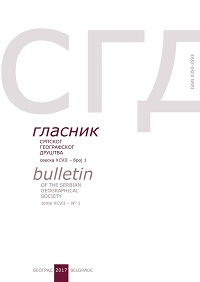Author(s): Zlatko Isaković / Language(s): Serbian
Issue: 1/2006
This paper deals with population and territory as elements of political power of international relations actors. The first part is devoted to the population, i.e. its quantitative (number of people) and qualitative characteristics, i.e. structure, etc.The second part of the paper deals with basic characteristic of the territory (its size, quality, and geographical position). The quality is determined primarily according to economic values of the area. Geographic position depends of neighbours and borders. In the concluding part of the paper it is stressed that mutual comparison between area and number of population is relatively easy, while comparison becomes much harder when one takes into account the qualitative characteristics of the both elements of political power. The relation between population and territory is in the fact that people need room, i.e. space for their living. People are those who in wars and negotiations and other peaceful ways determine quantities and qualities of territories of their states. There is the open question of a price (human lives, health, living standards, etc.) worth to be paid for a territory if it is perceived by political decision makers as the national or similar interest.People are those who by their ideas, work and behaviour in general directly influence number of population members and utilise and perceive space in certain ways. People are subjective factors of political power in general. First action of the modern specialised and global information-telecommunication technology is in the changed comprehending of categories of space and time. Communications are one of important preconditions and conditions of social integration and capability for survival in general of people on certain territory. The Earth became much smaller, linked and perceived by majority of its population as the universal, whole and only domicile and shelter. During the 20th century communication deterritorialization appeared and one could predict that this development will be continued in this century. People will become more and more nomads, and their ideas and goods will move more and more quickly and in greater numbers. The link between population and territory will be weakened, and state territories will be less and less relevant. However, human life will not loose its spatiality.People will remain the subjective element of international and other relations, and cloning – if becomes mass phenomenon – will begin to represent, beside others things, negation of people’s individuality and, in this way, their subjectivity.
More...
